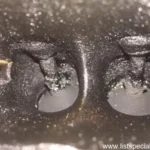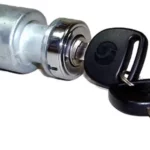Prepare yourself to embark on an illuminating journey into the realm of exhaust tip temperatures. As you delve into this comprehensive guide, you’ll discover the sizzling secrets behind these automotive components. We’ll explore the intricate factors that influence their scorching heat, unraveling the mysteries of exhaust gas composition and engine performance. Our exploration will unveil the impact of tip designs and materials, revealing how they shape the thermal dynamics at play. Together, we’ll navigate the safe and effective measurement of exhaust tip temperatures, empowering you with the knowledge to manage extreme heat and mitigate potential risks. Throughout this odyssey, we’ll illuminate the hidden truths about exhaust tip temperatures, empowering you to make informed decisions and optimize your automotive experience.
Unveiling the Sizzling Truth: The Ultimate Guide to Exhaust Tip Temperatures
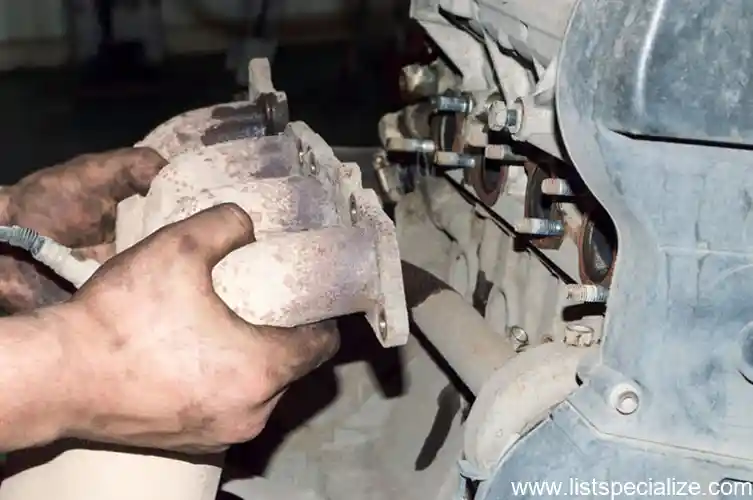
Have you ever wondered just how hot exhaust tips can get? Well, wonder no more! In this sizzling guide, we’ll take you on an exhausting journey to uncover the truth behind scorching exhaust tips. We’ll explore the hidden factors that influence their temperature, delve into the impact of design and materials, uncover the secrets of engine performance, and unleash the power of technology to measure their heat. Along the way, we’ll unveil the risks and solutions associated with extreme temperatures, leaving you with a newfound appreciation for the sizzling truth about exhaust tips. So, buckle up and prepare to be amazed as we navigate the ins and outs of this fiery topic!
Unveiling the Hidden Factors Influencing Exhaust Tip Heat
Exhaust tips don’t just look cool; they perform the vital role of directing exhaust fumes away from your vehicle. But have you ever wondered how hot these tips can get? They’re exposed to the scorching temperatures of the exhaust gases, so it’s understandable to be curious. In this article, we’ll take you on a sizzling journey to uncover the truth about exhaust tip temperatures. We’ll explore the factors that influence the heat these tips endure and guide you through the safe and effective ways to measure their temperature. By the end of this article, you’ll be a certified expert on the sizzling truth behind exhaust tip temperatures. So, fasten your seatbelt and prepare to get your exhaust-tip knowledge on!
Exploring the Hottest Truths: How Exhaust Tip Designs Affect Temperature
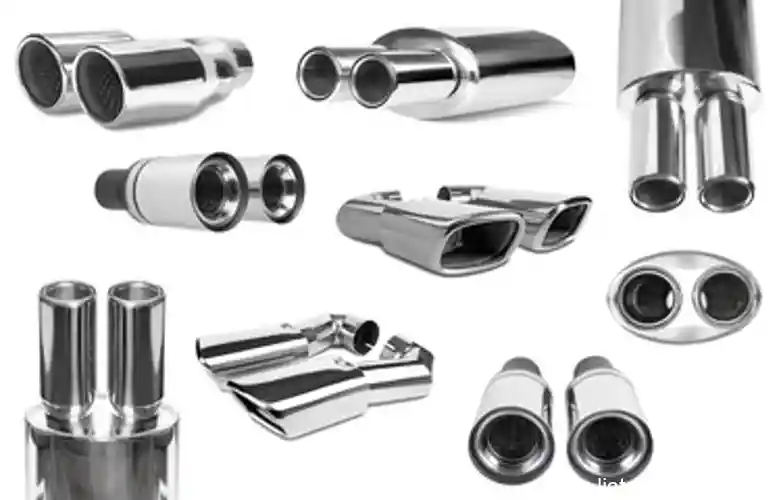
As we delve into the heart of our exploration, let’s turn our attention to the fascinating world of exhaust tip design. Imagine these tips as the ultimate conductors of heat, channeling the fiery exhaust gases away from your vehicle’s engine. But did you know that their shape and material play a pivotal role in determining how hot they get? Picture this: a sleek, conical tip slicing through the air like a knife, allowing hot gases to escape swiftly, much like water flowing down a steep slope. Compare this to a wider, cylindrical tip that acts like a dam, holding back the heat and causing it to build up. Moreover, the material used in the tip’s construction adds another layer of intrigue. Stainless steel, with its superior heat resistance, stands tall as a guardian against the scorching temperatures, while ceramic coatings act as a shield, reflecting heat away from the tip’s surface. So, as you embark on your own automotive journey, remember that exhaust tip design is not merely a matter of aesthetics but a symphony of form and function, influencing the fiery symphony of your exhaust system
Delving into the Influence of Tip Shape and Material
Exploring the Hottest Truths: How Exhaust Tip Designs Affect Temperature
The design of your exhaust tip plays a crucial role in determining its temperature. Here’s how it all works:
The shape of the tip affects the flow of exhaust gases. A wider tip allows gases to escape more easily, reducing backpressure and lowering temperatures. Conversely, a narrower tip restricts the flow, increasing backpressure and raising temperatures.
The material of the tip also matters. Stainless steel is a popular choice due to its durability and resistance to heat. However, ceramic tips can withstand even higher temperatures and are often used in high-performance applications.
Consider the type of vehicle you drive and your driving habits when choosing an exhaust tip. If you have a high-performance car or drive aggressively, a wider tip with a heat-resistant material is recommended. For milder driving conditions, a narrower tip made of standard materials should suffice.
Unraveling the Secrets of Engine Performance: How Exhaust Gas Composition Impacts Tip Heat

Have you ever pondered the scorching secret behind the blistering heat emanating from exhaust tips? The composition of exhaust gas plays a pivotal role in determining the temperature of these fiery outlets. Unleash the secrets of engine performance and discover how the symphony of gases coursing through your exhaust system orchestrates the rise and fall of tip temperature.
Unleashing the Power of Technology: Measuring Exhaust Tip Temperatures Safely and Effectively
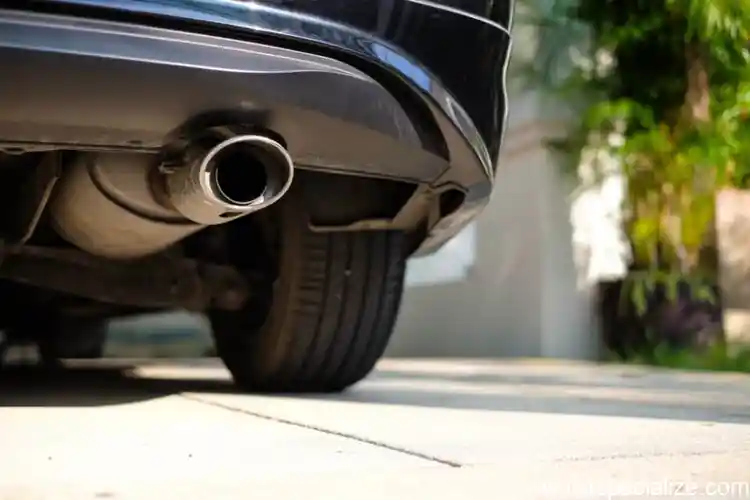
Unveiling the Power of Technology: Measuring Exhaust Tip Temperatures Safely and Effectively
Determining the temperature of your exhaust tip is crucial for ensuring optimal engine performance and safety. Specialized tools like infrared thermometers and thermocouples provide accurate readings, allowing you to monitor tip heat effectively. Infrared thermometers measure surface temperatures remotely, making them ideal for quick and non-contact measurements. Thermocouples, on the other hand, offer precise readings by embedding a temperature-sensitive probe directly into the exhaust tip. Understanding your exhaust tip’s temperature empowers you to identify potential issues early on, preventing costly repairs and safeguarding your vehicle’s health.
Unveiling the Importance of Accurate Temperature Measurement
Understanding how hot your exhaust tips get is crucial for ensuring safety and maximizing performance. Investing in a reliable thermometer is key. These devices provide accurate readings, allowing you to monitor temperatures and identify potential issues. Accurate temperature measurement helps you avoid overheating, which can damage components, reduce engine efficiency, and compromise safety. By understanding the temperature range your exhaust tips operate within, you can make informed decisions about modifications or maintenance, ensuring optimal performance and longevity.
Reaving the Risks and Solutions: Managing Extreme Exhaust Tip Temperatures
Reaving the Risks and Solutions: Managing Extreme Exhaust Tip Temperatures
How hot does an exhaust tip get? The answer depends on a number of factors, including the type of engine, the design of the exhaust system, and the driving conditions. However, it’s not uncommon for exhaust tips to reach temperatures of 1,200 degrees Fahrenheit or more. At these temperatures, the exhaust tips can pose a serious safety hazard, as they can easily burn skin on contact. In addition, extreme exhaust tip temperatures can damage the exhaust system and other components under the hood.
To avoid these risks, it’s important to take steps to manage extreme exhaust tip temperatures. One way to do this is to install a heat shield around the exhaust tips. Heat shields are typically made of metal or ceramic, and they help to reflect heat away from the exhaust tips. Another way to manage extreme exhaust tip temperatures is to avoid driving in stop-and-go traffic, as this can cause the exhaust tips to overheat. Finally, it’s important to have your exhaust system inspected regularly by a qualified mechanic. A mechanic can check for any potential problems with the exhaust system, and they can make repairs as needed to prevent extreme exhaust tip temperatures.
Identifying Potential Hazards and Mitigation Strategies
Exhaust tips can reach scorching temperatures, posing potential risks to your safety and your vehicle. It’s crucial to manage these extreme temperatures effectively to prevent accidents and damage. Understanding the factors that contribute to high exhaust tip temperatures is the first step towards effective management. Identifying potential hazards, such as improper installation or worn-out components, is also essential. Once you’ve identified the risks, implementing mitigation strategies becomes imperative. These strategies can include using heat shields, maintaining proper exhaust system alignment, and ensuring adequate ventilation around the exhaust tips. By taking these precautions, you can minimize the risks associated with extreme exhaust tip temperatures and ensure the safe and optimal performance of your vehicle.



